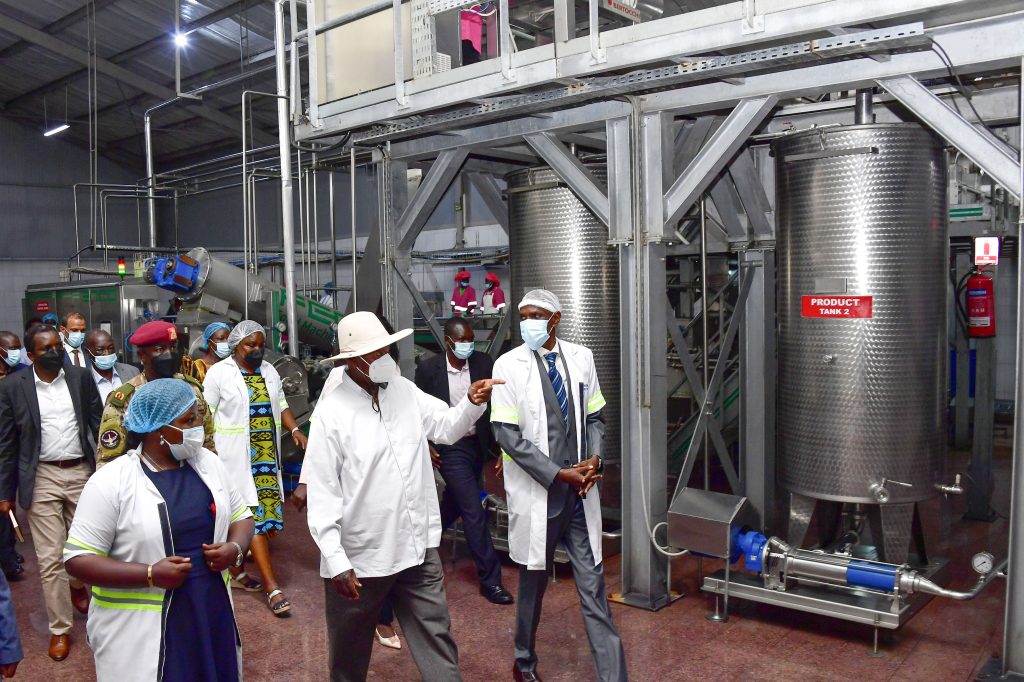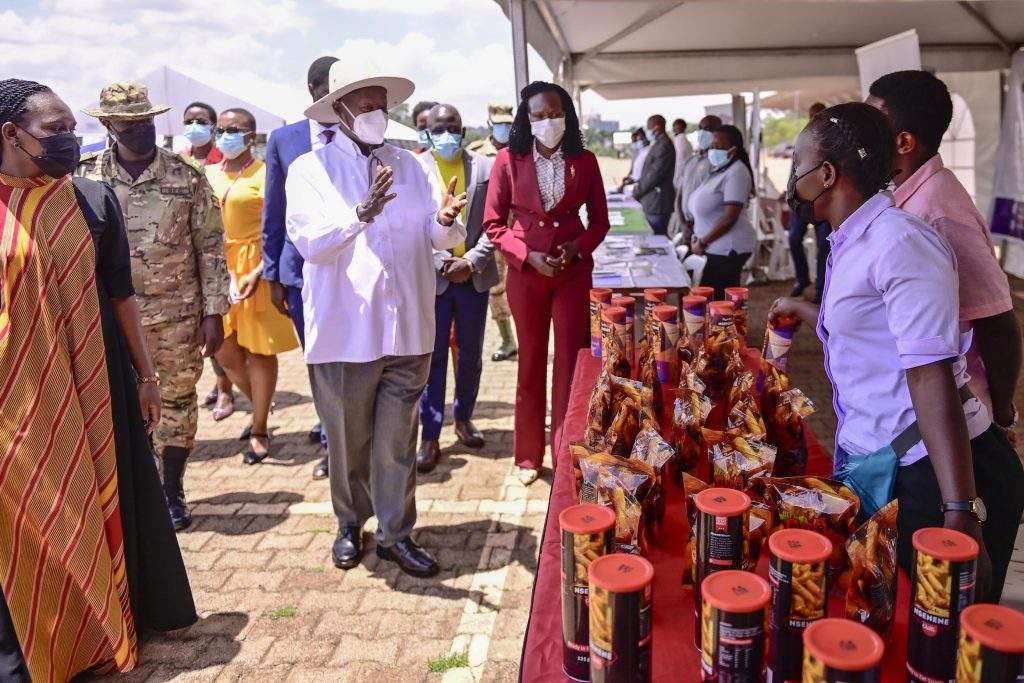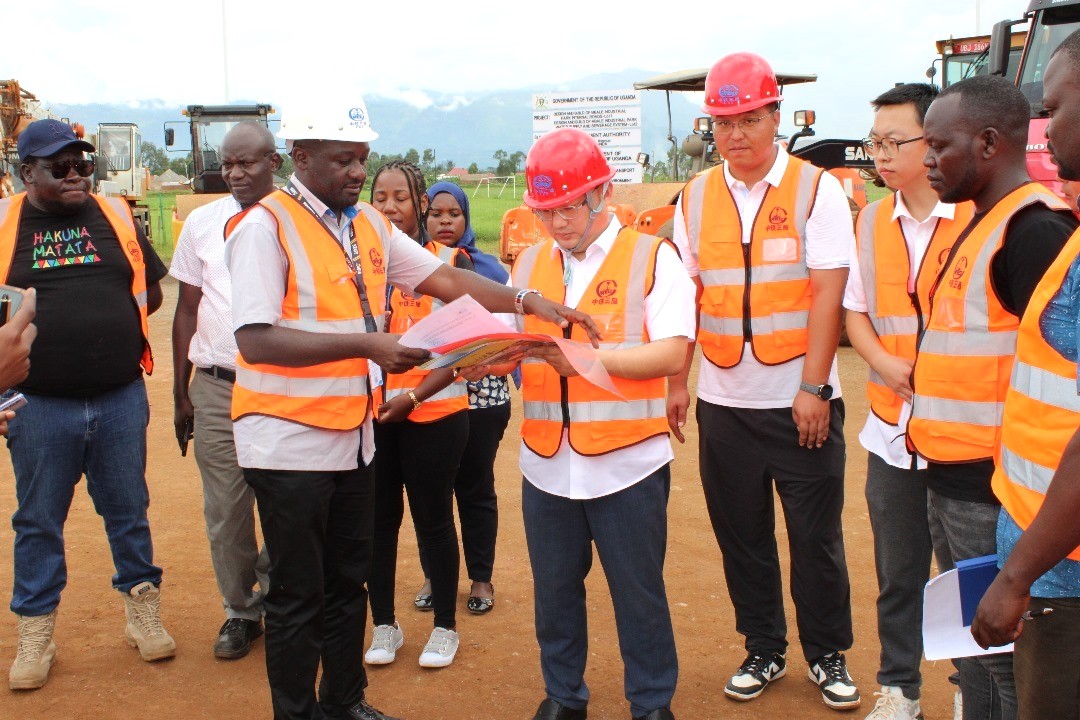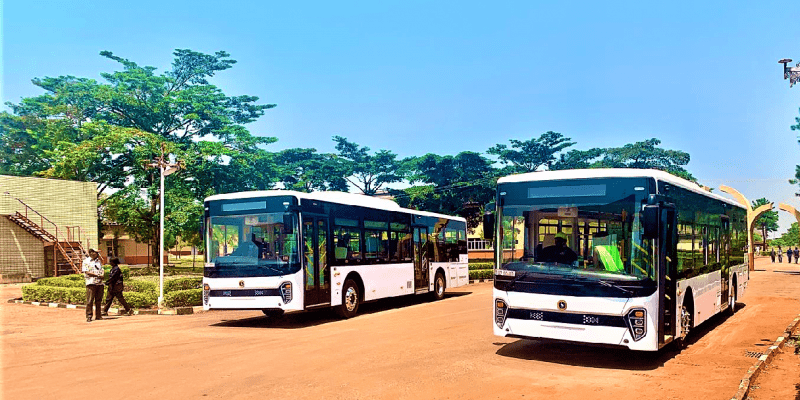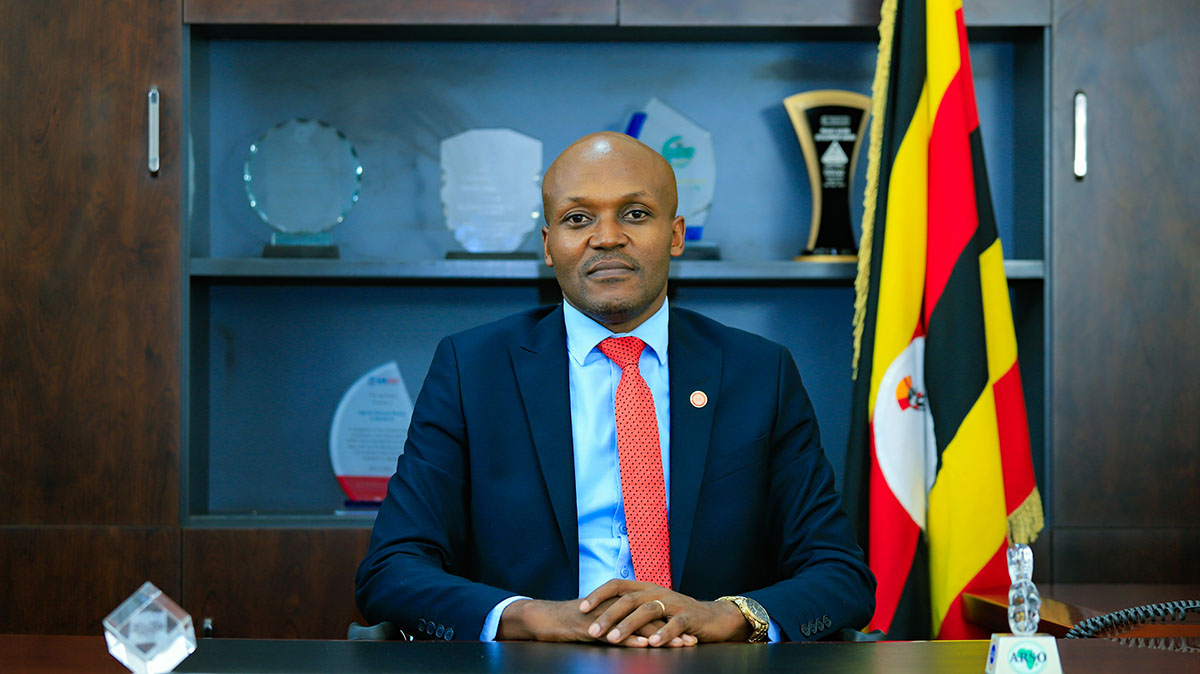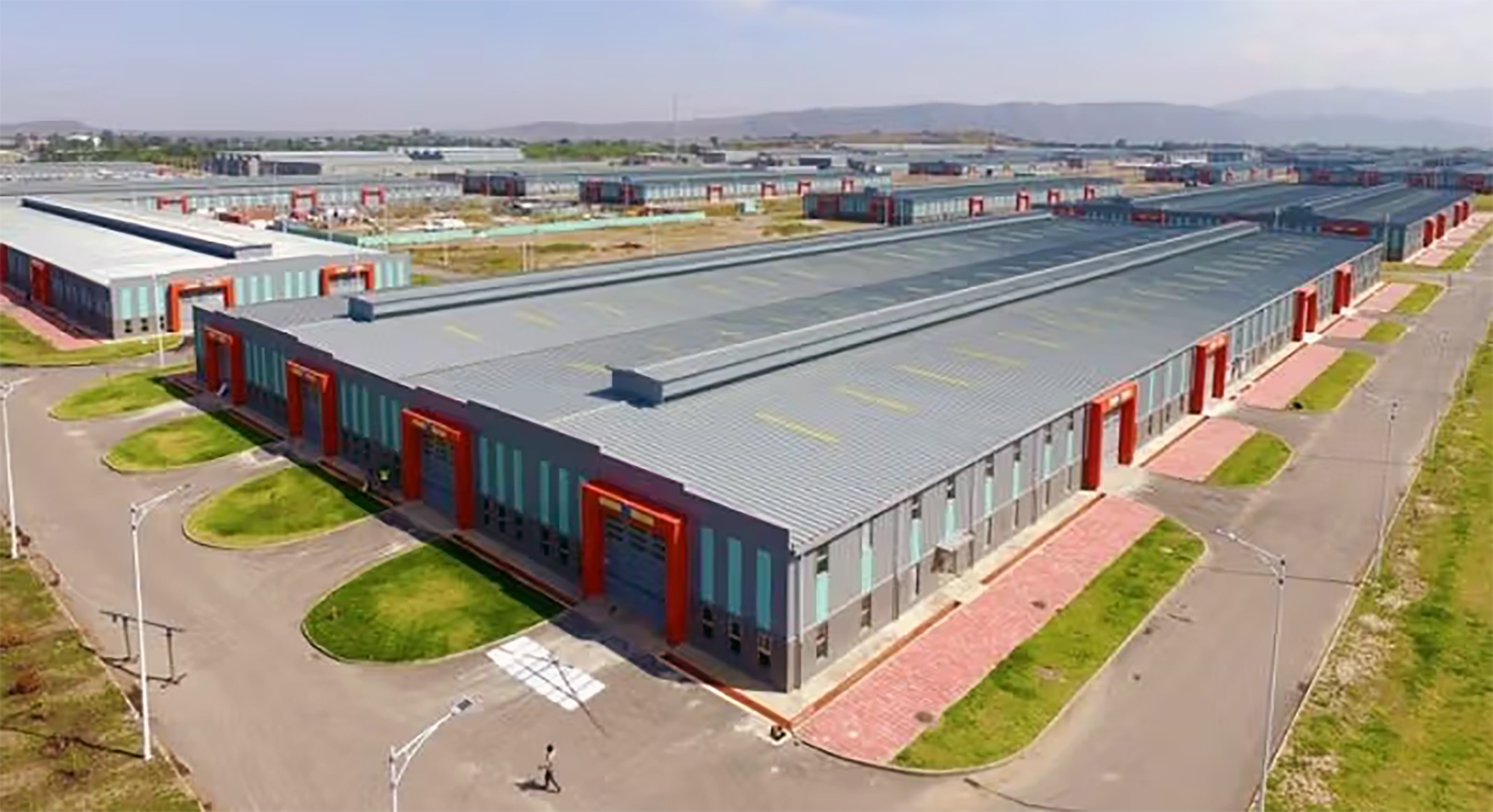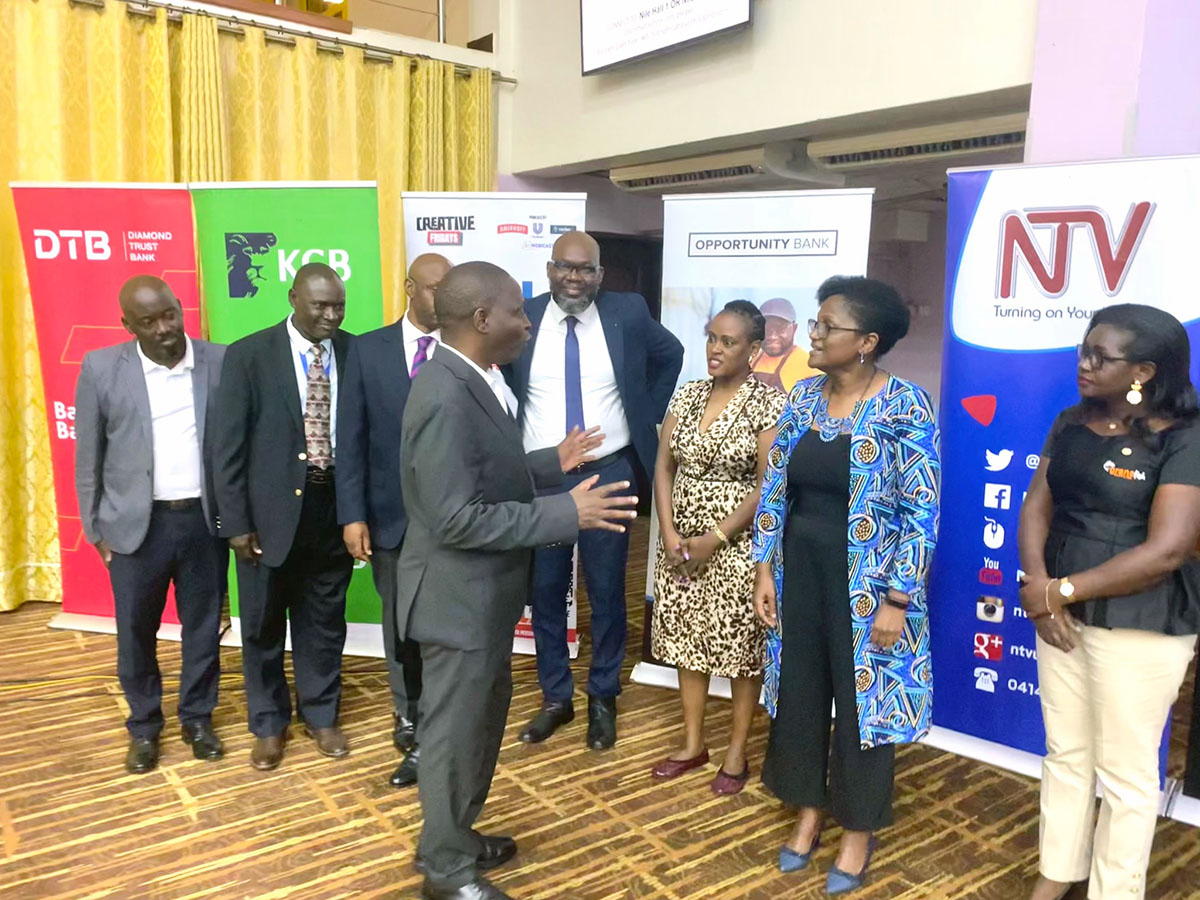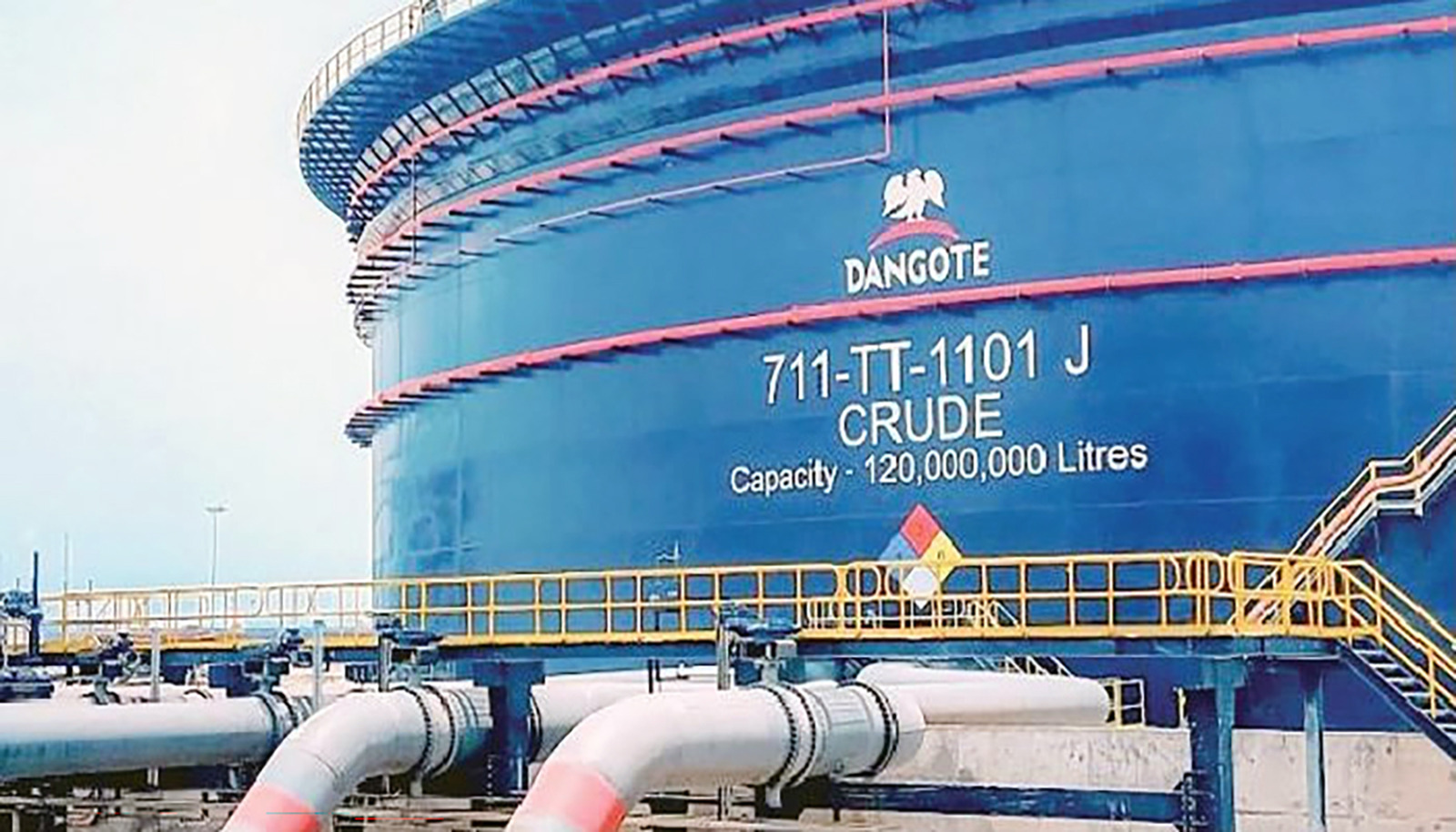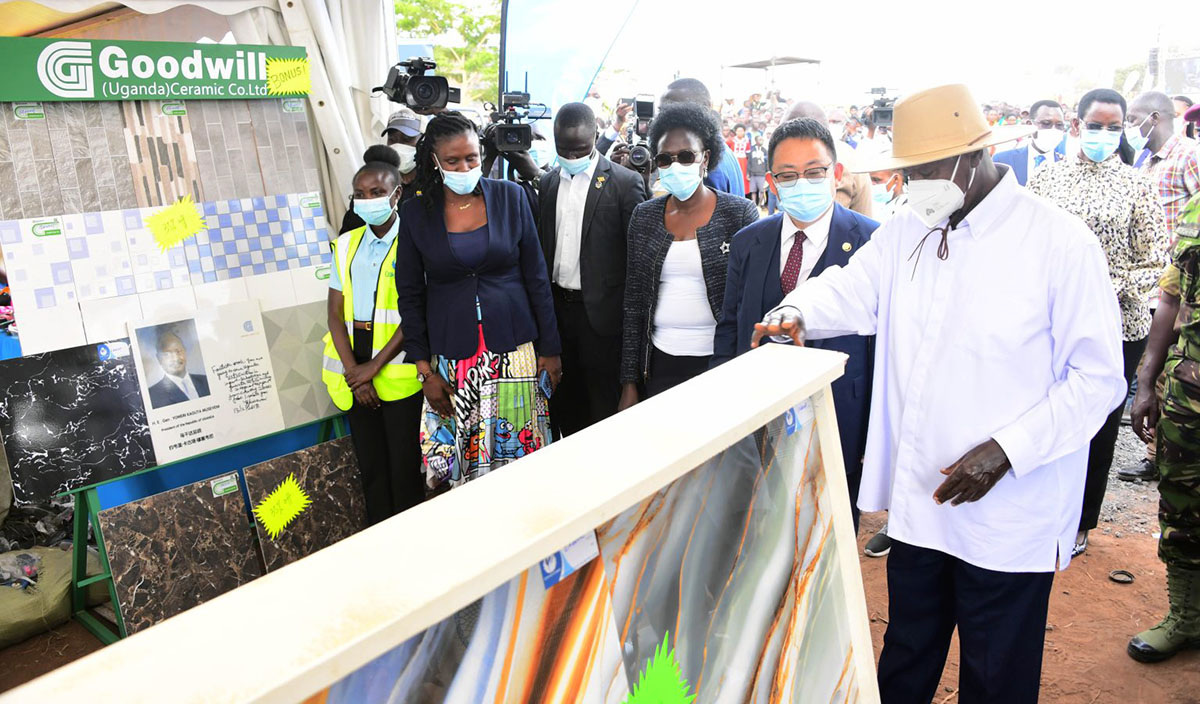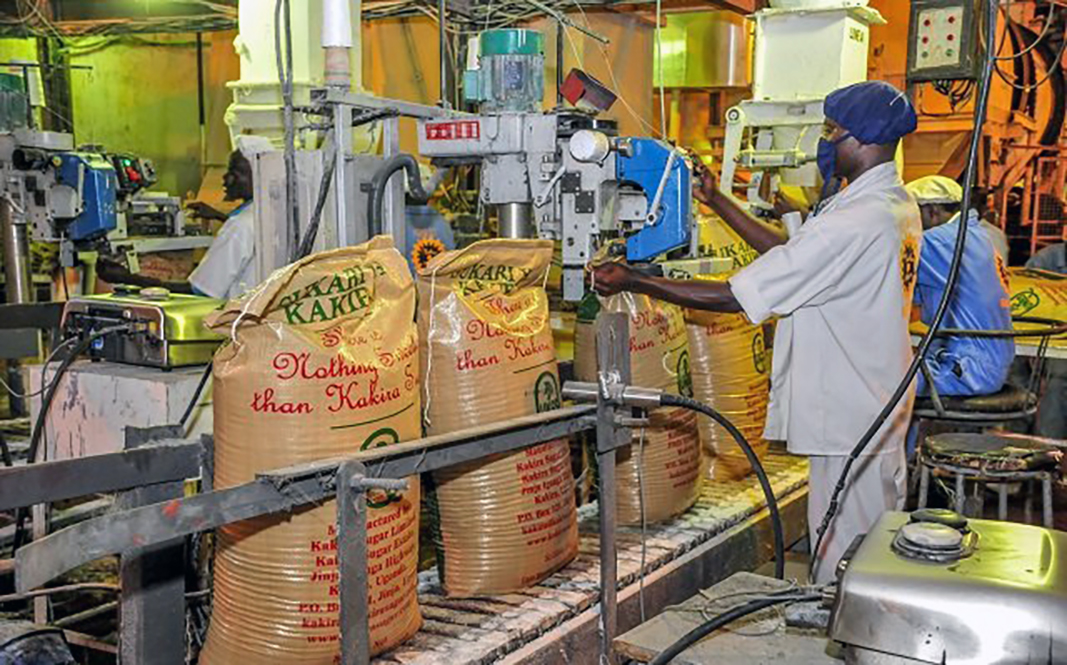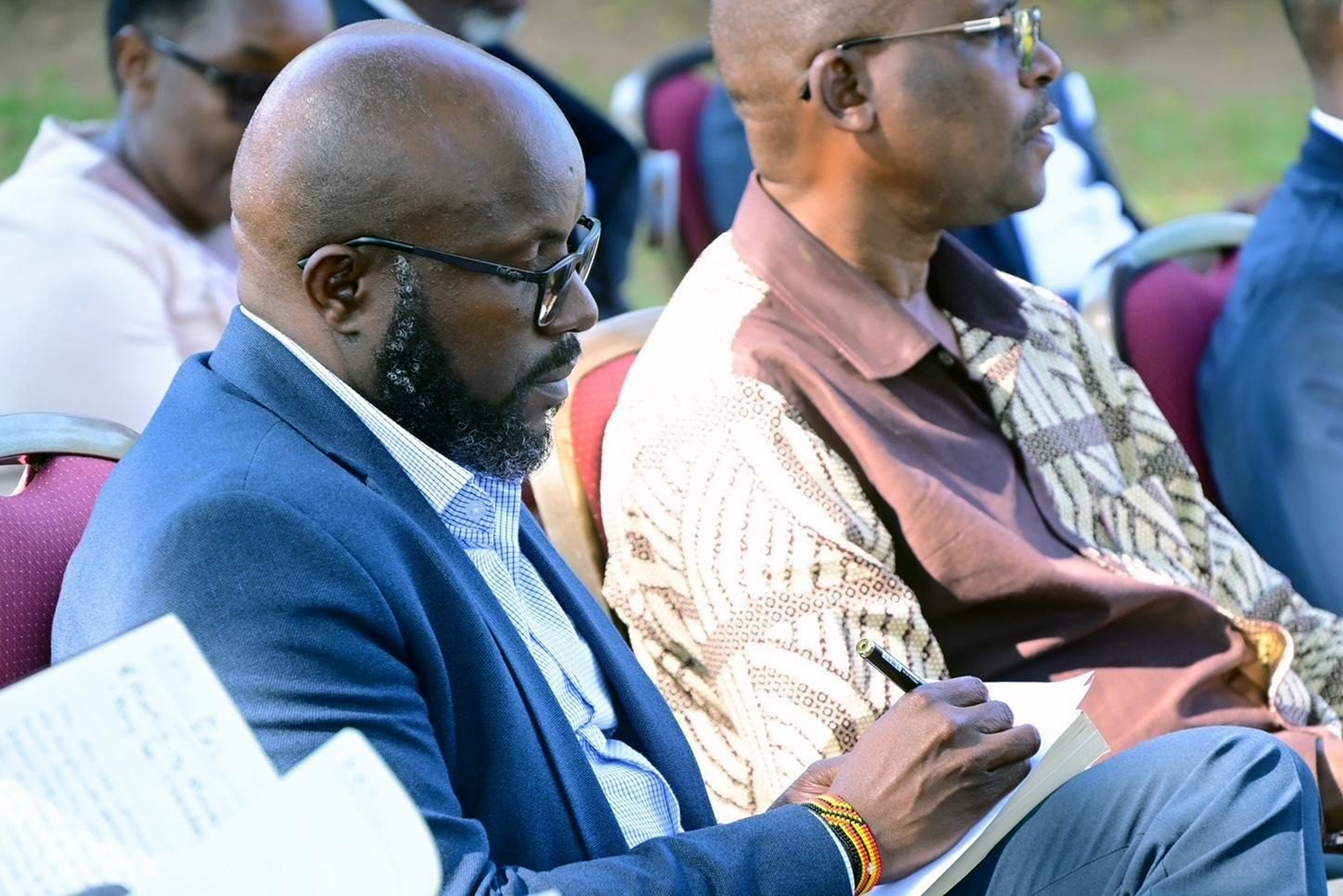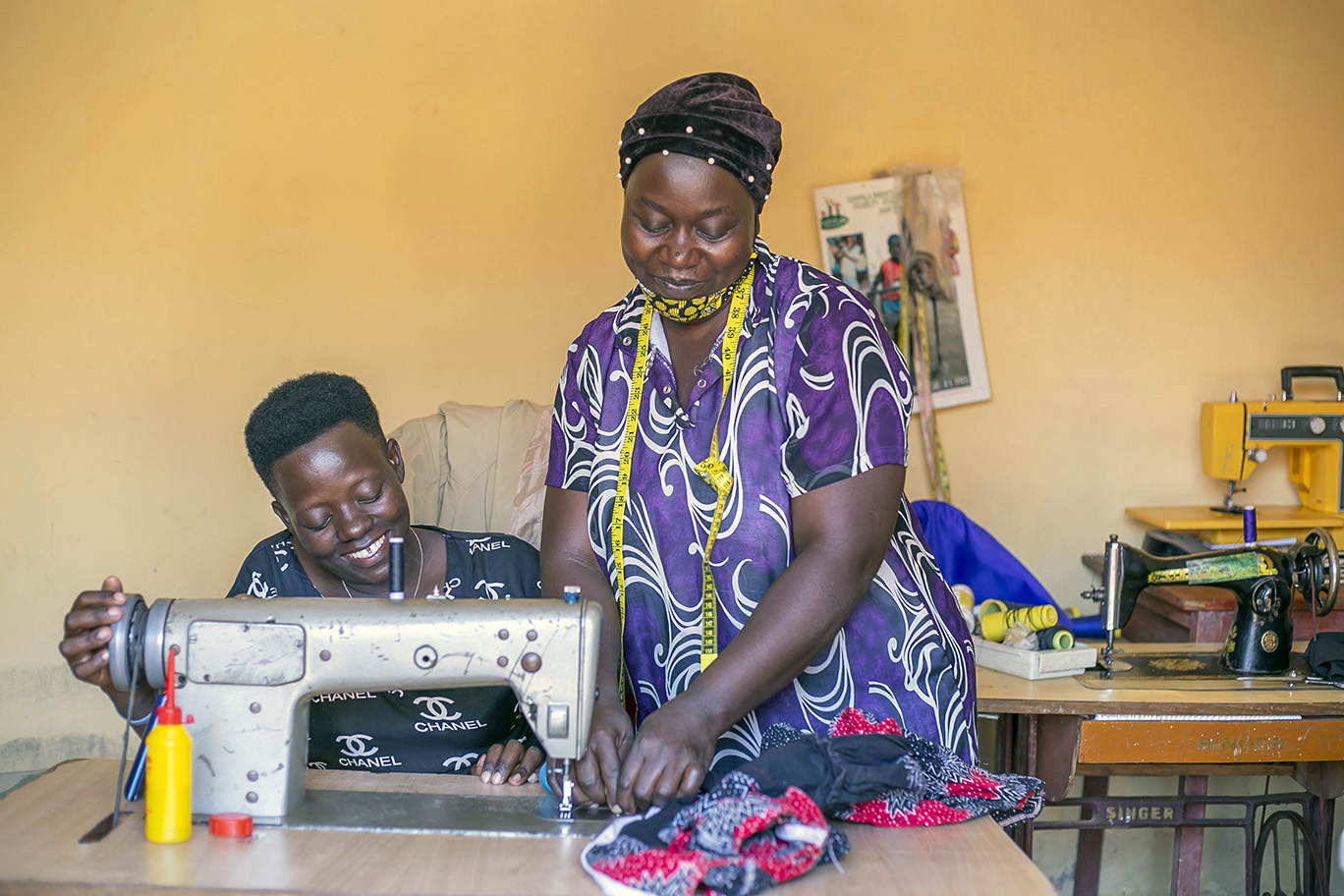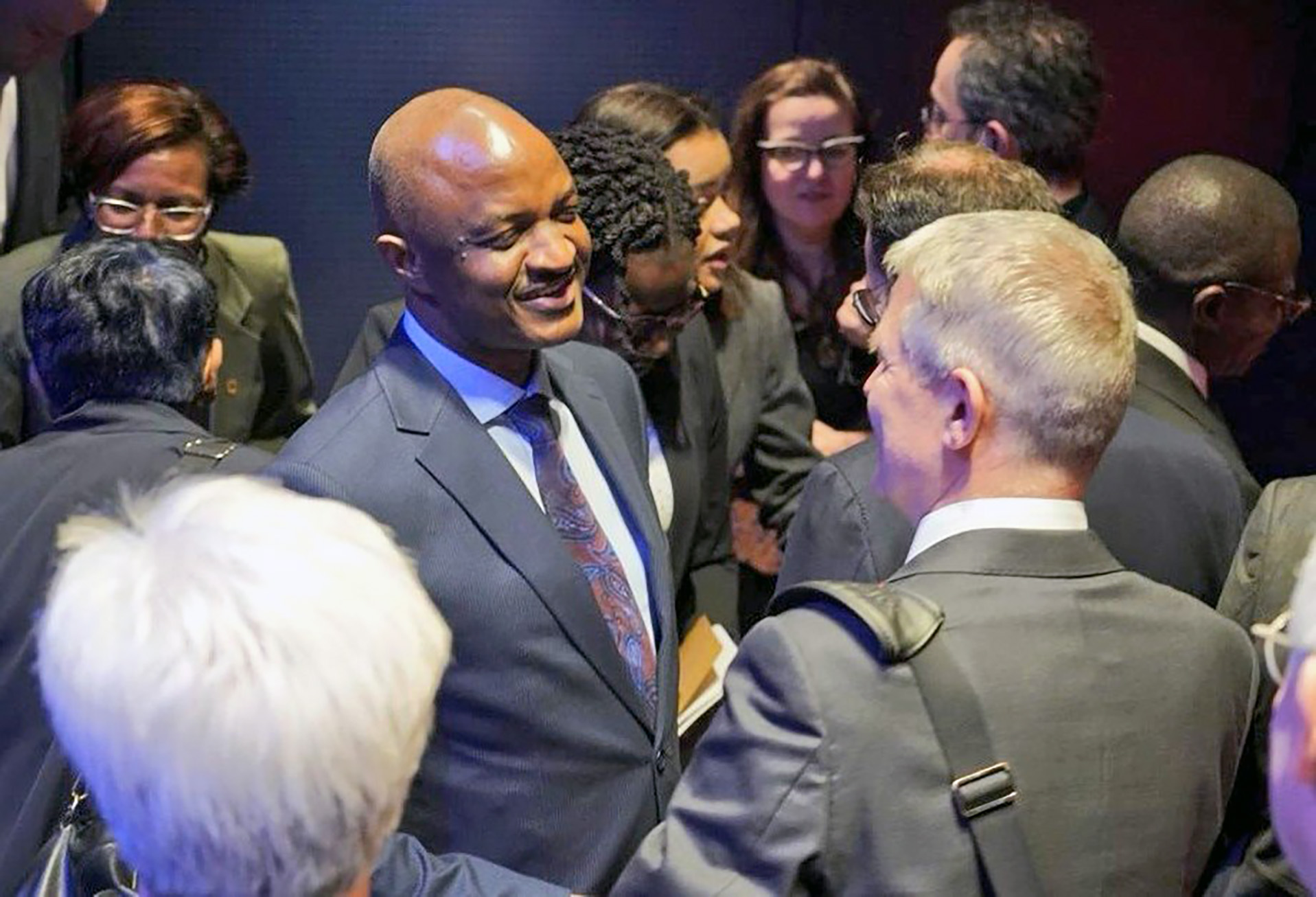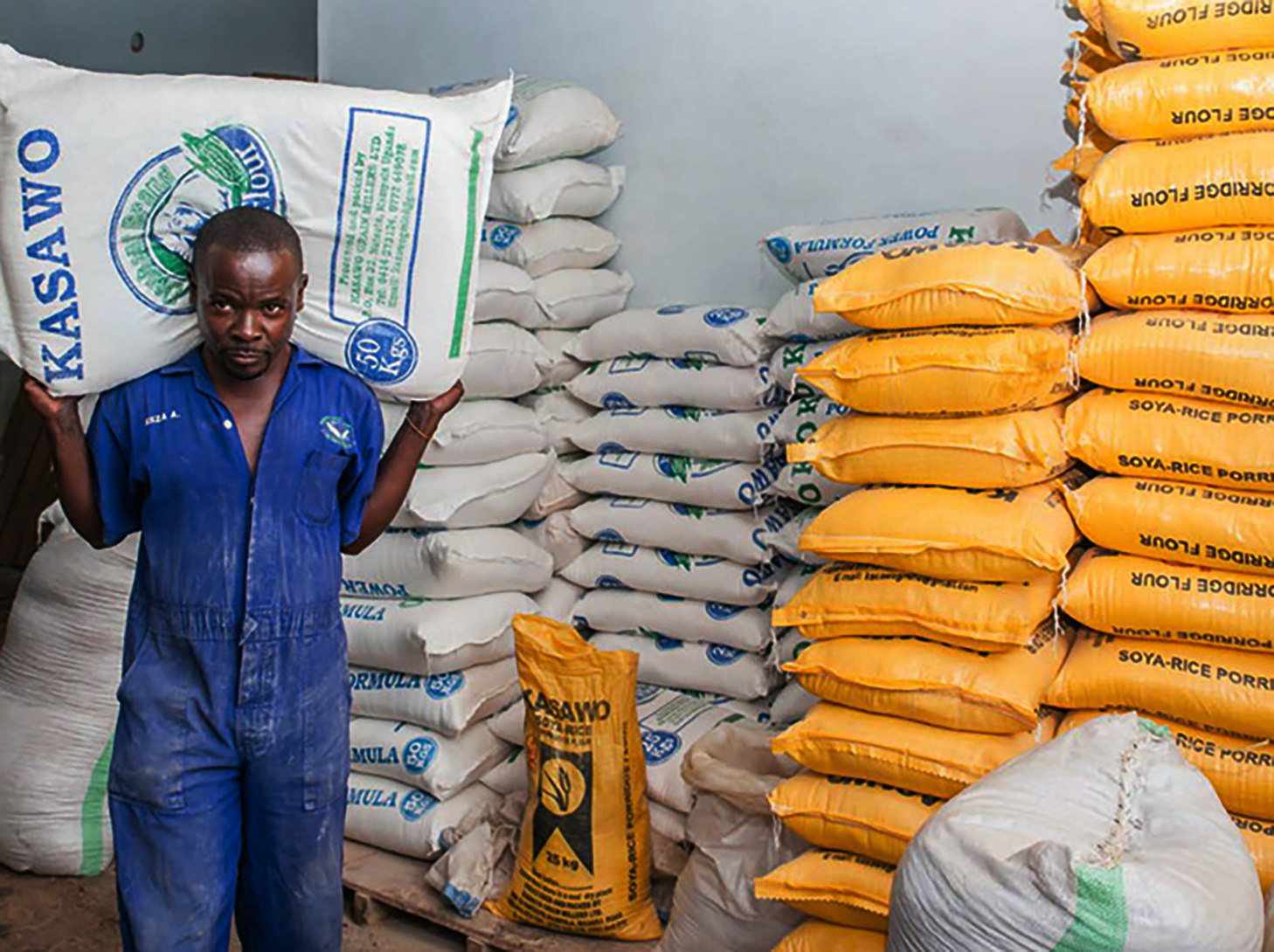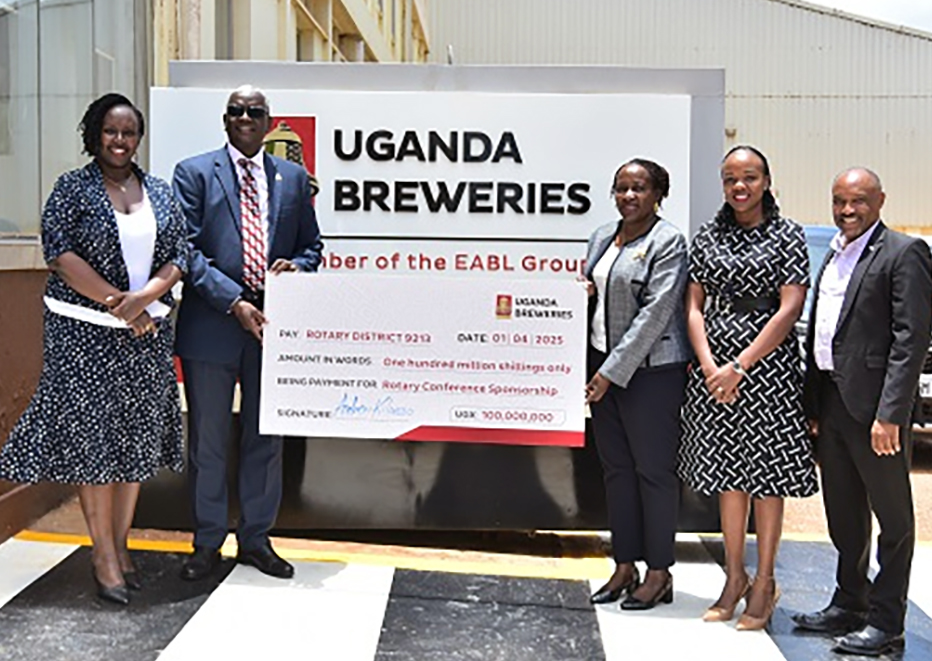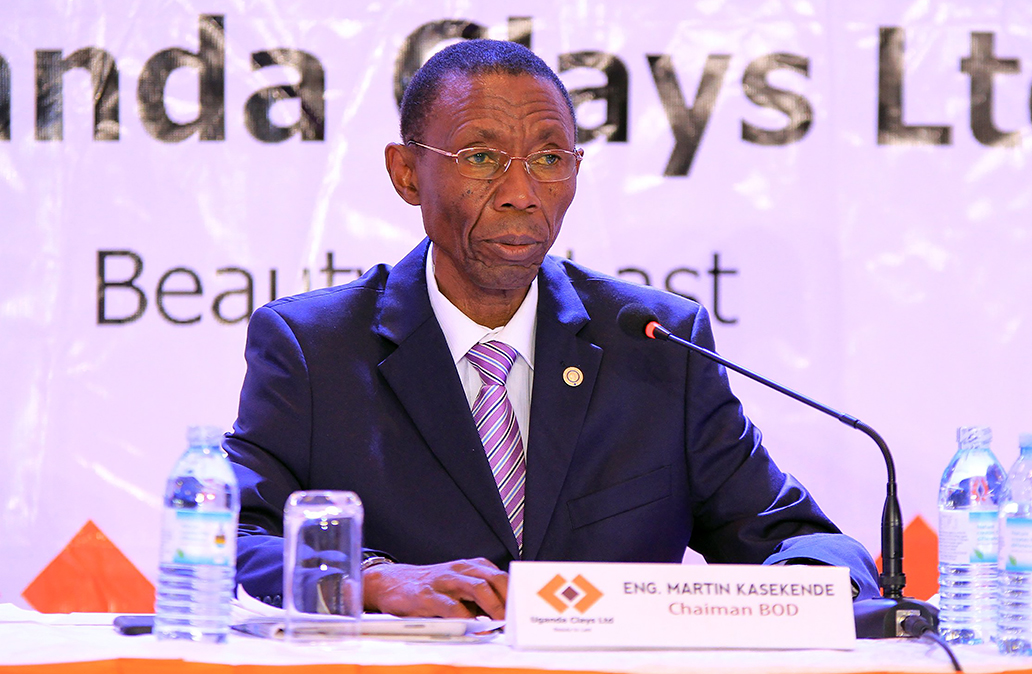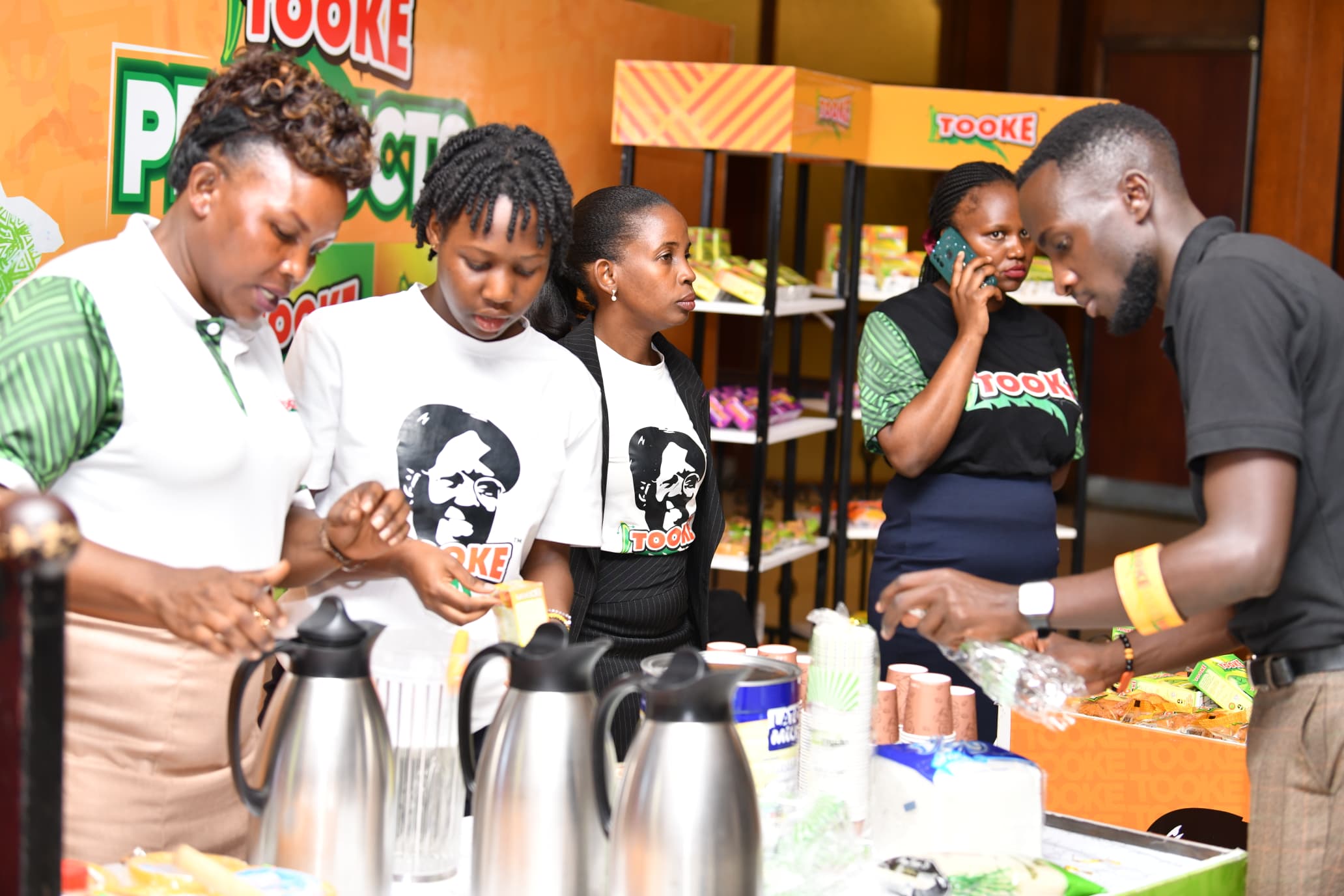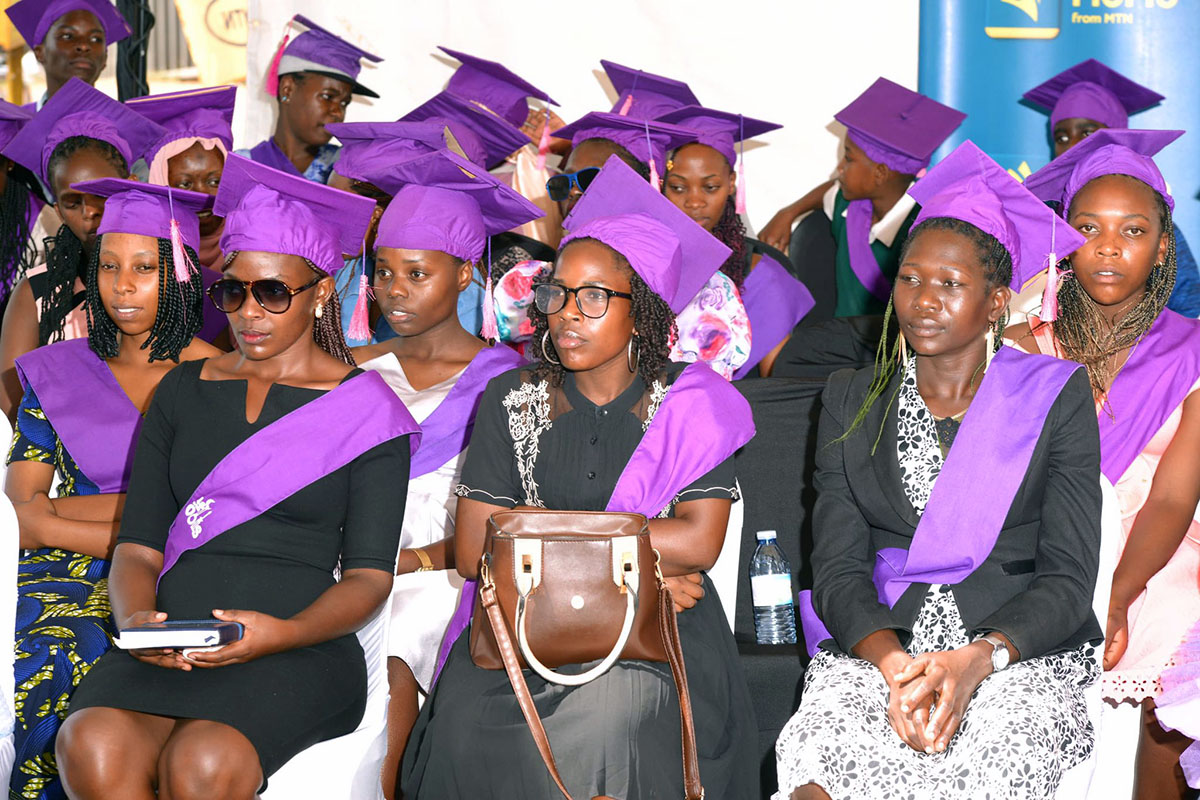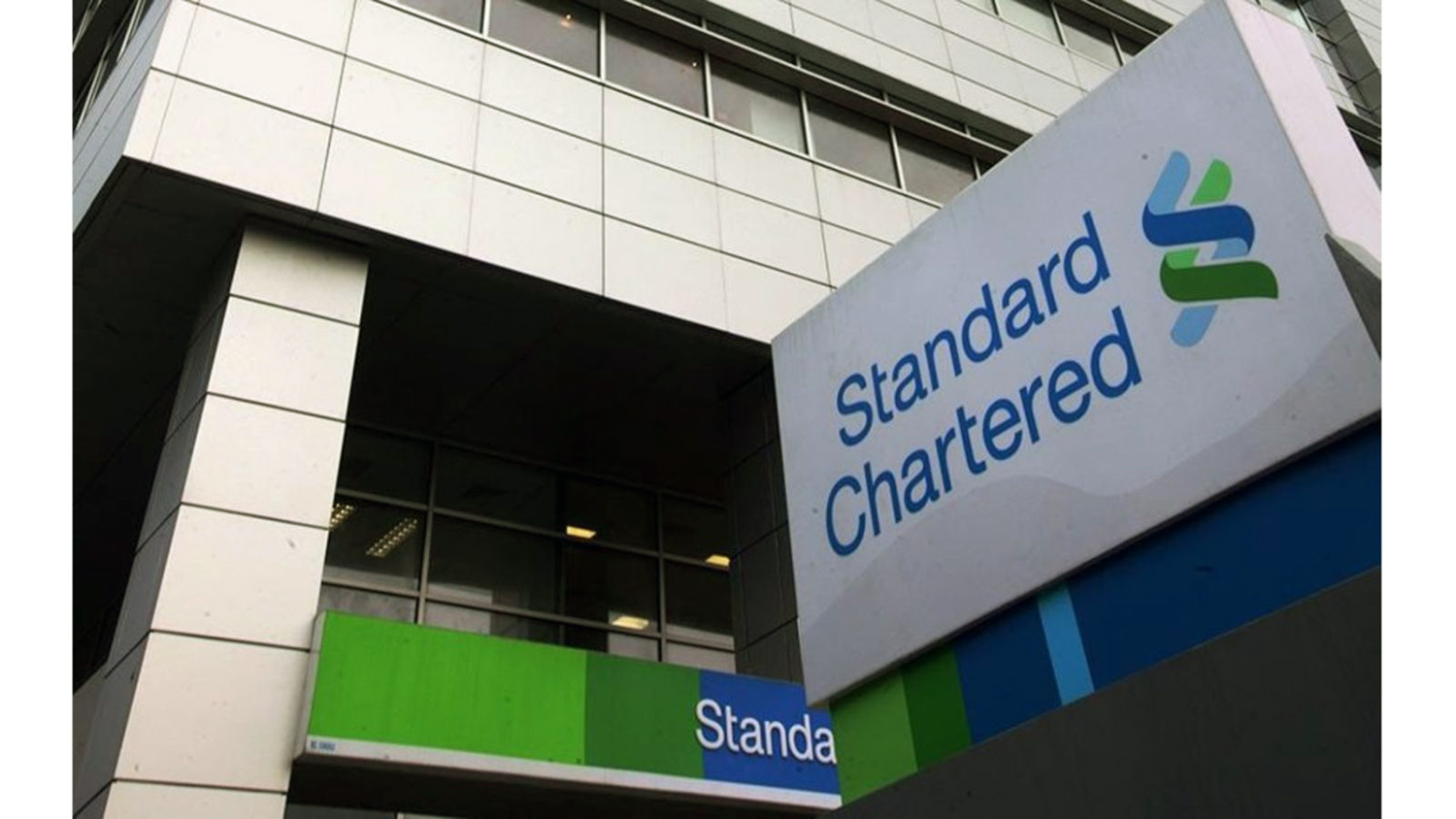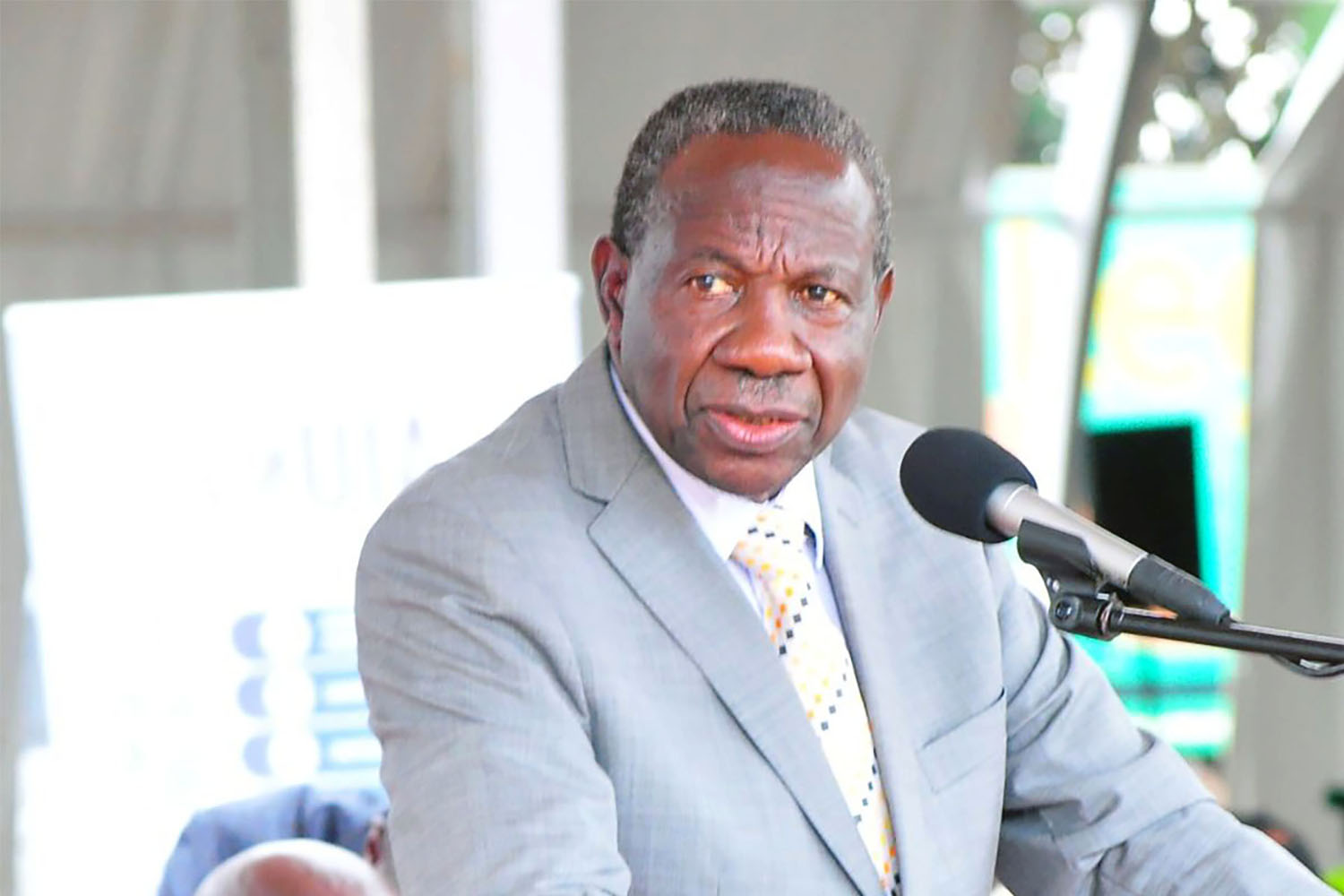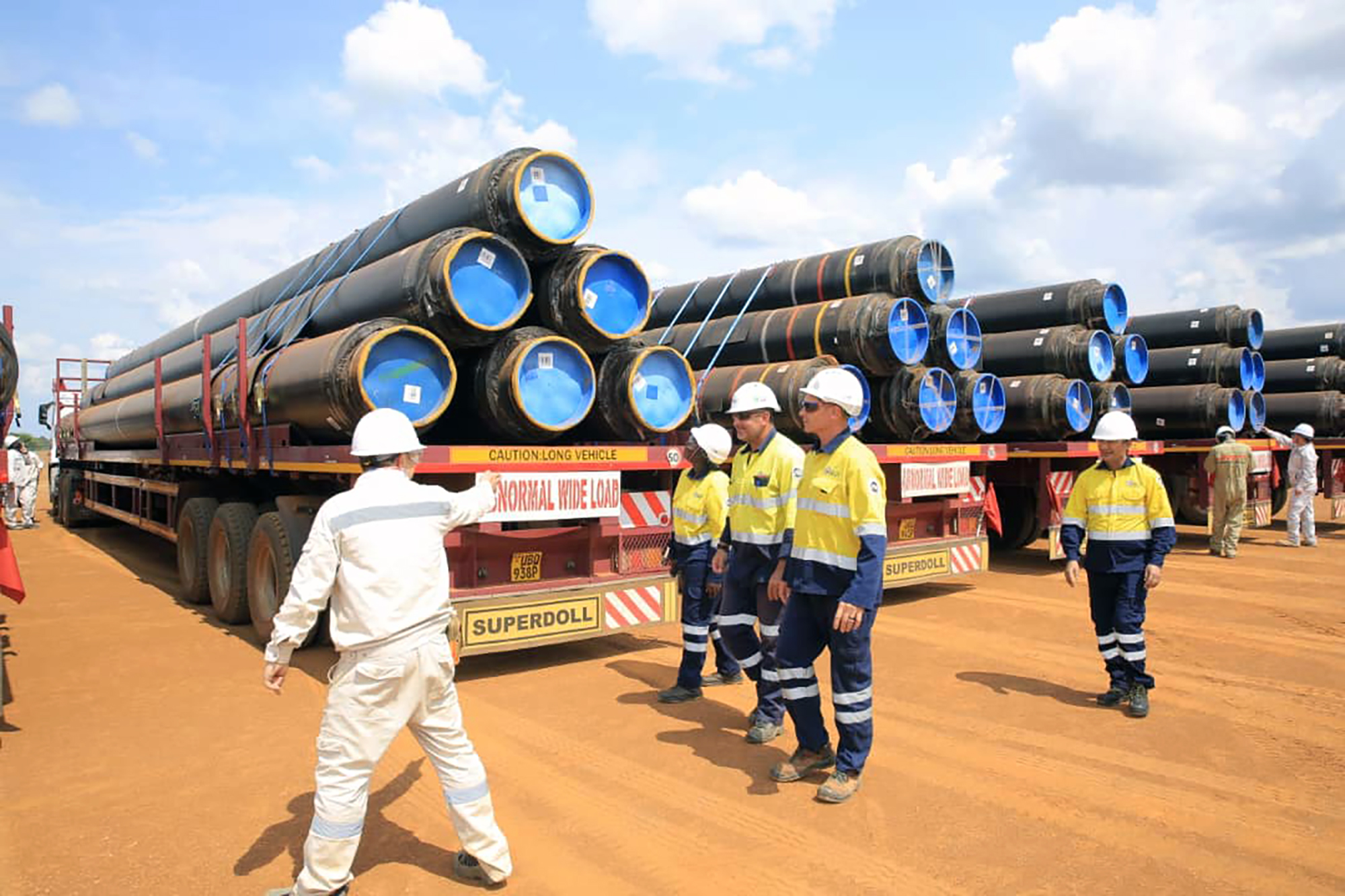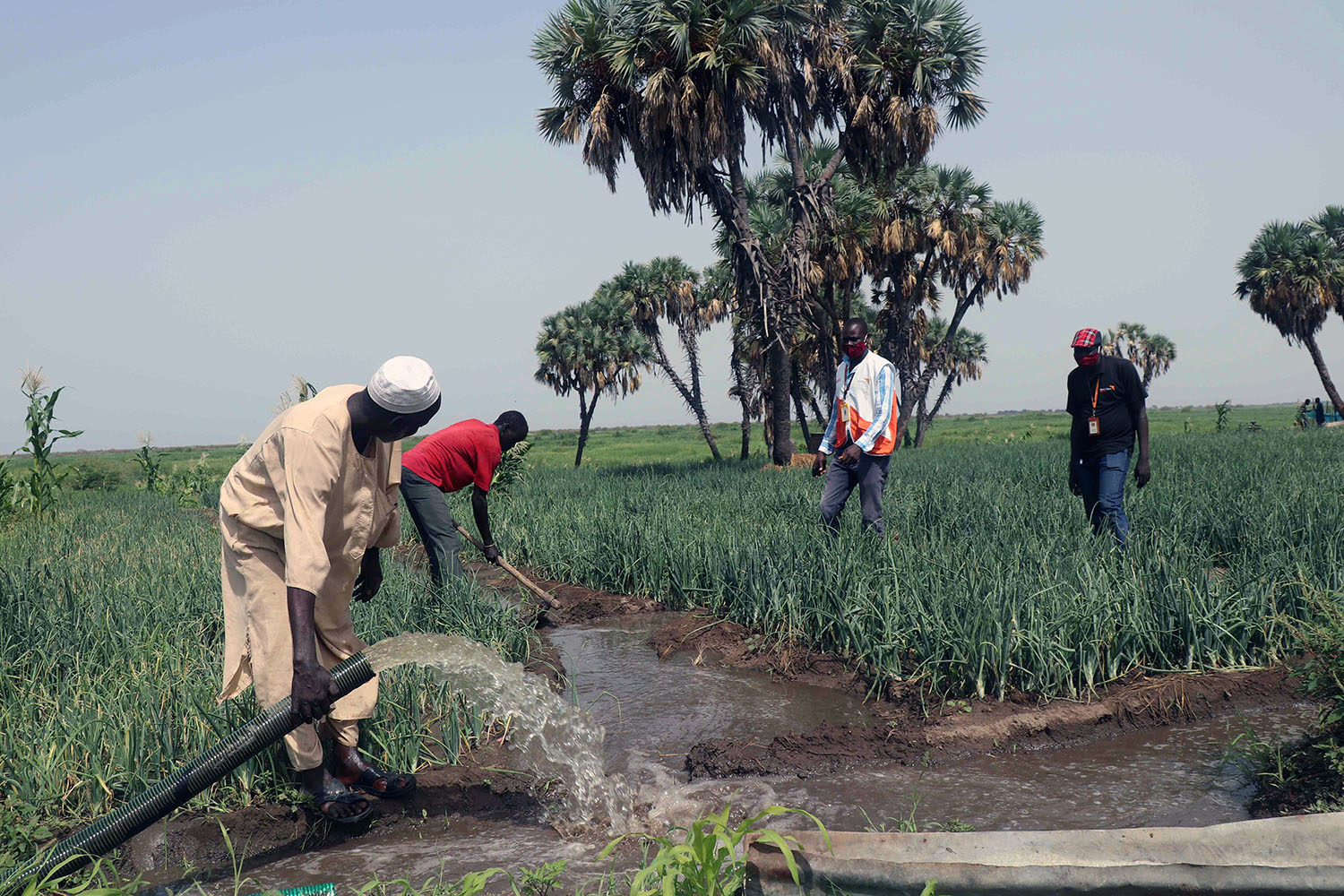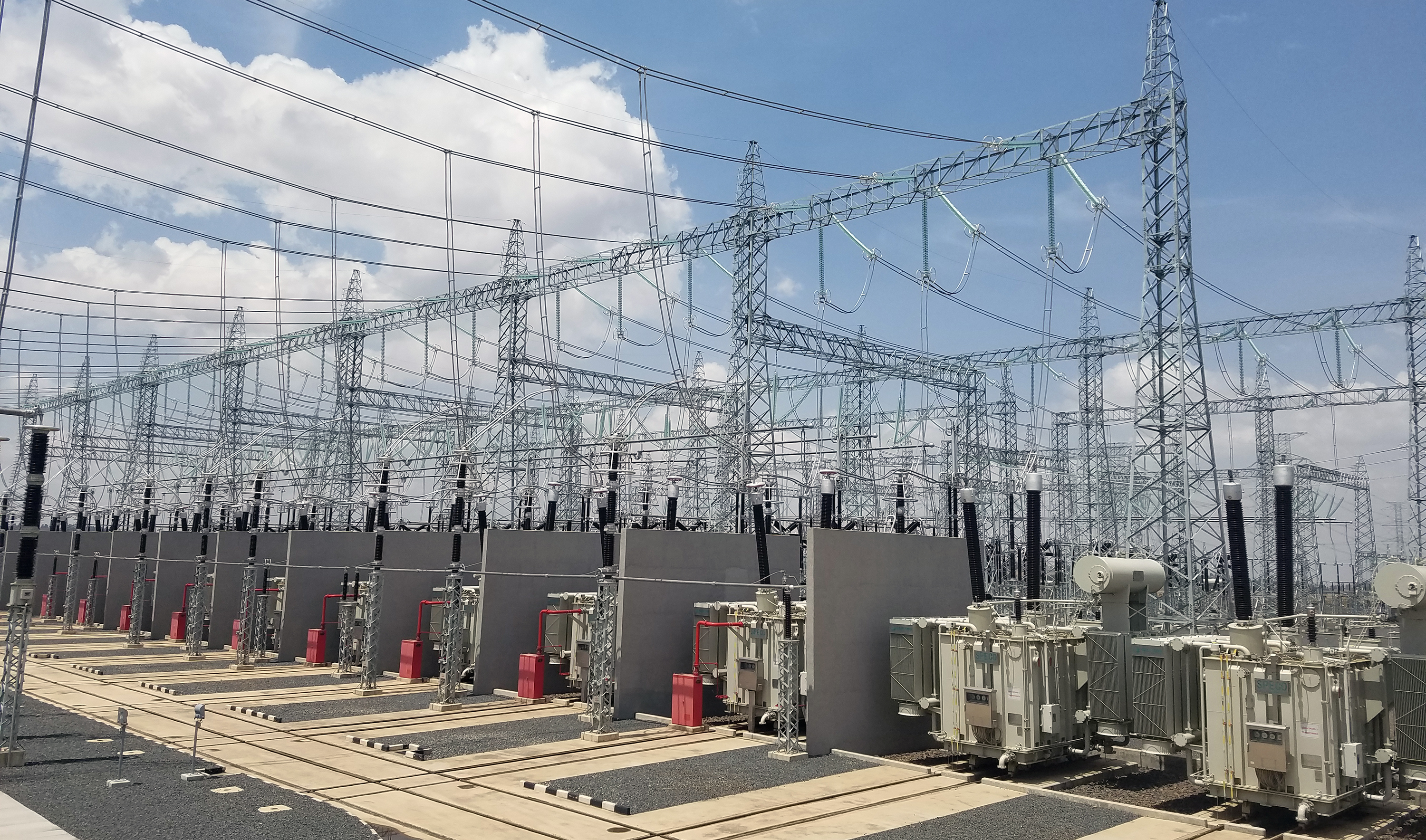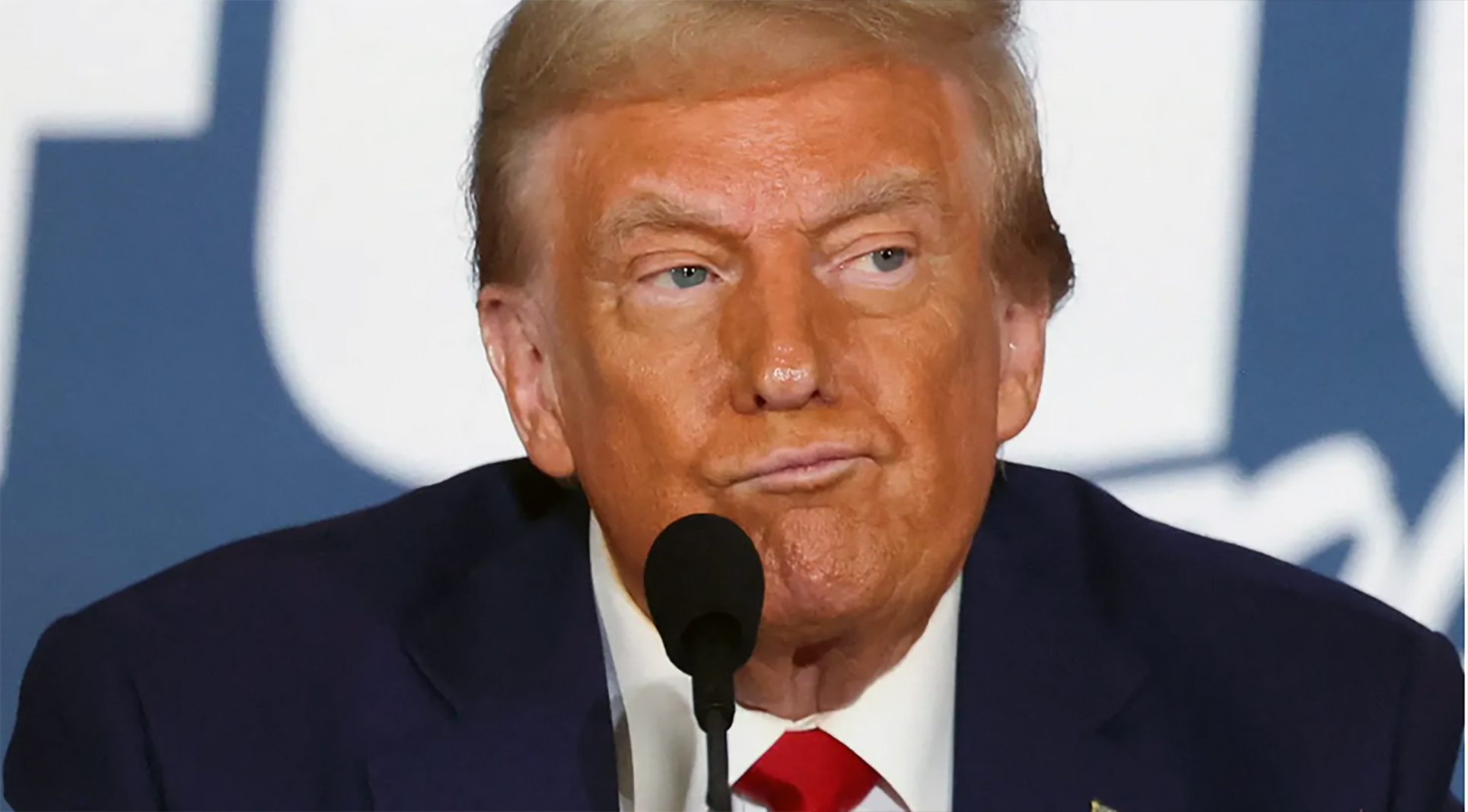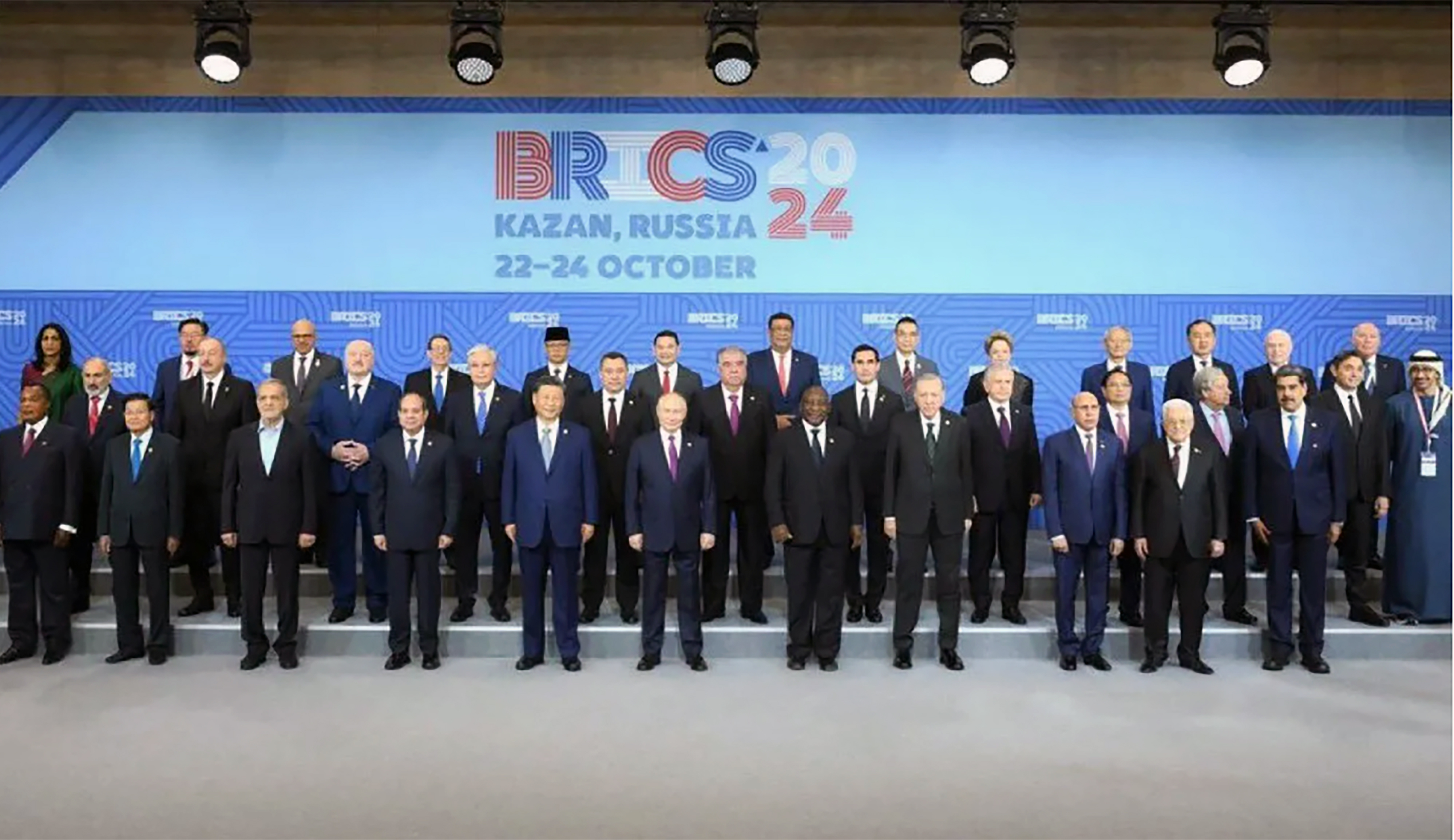Museveni salutes Kiira Motors over innovation, jobs

A cross of buses made by Kiira Motors Corporation on display during the official launch last week. PPU PHOTO
President Yoweri Museveni has described Kiira Motors Corporation as a major leap in Uganda’s journey toward self-sustaining economic growth following the launch of the vehicle production facility in Jinja.
He emphasized that the facility is not only the largest of its kind in Africa by size but also a critical vehicle for job creation, technology transfer, and local innovation.
Constructed between 2019 and 2024 by Kiira Motors Corporation (KMC), the $120 million (UGX 456 billion) facility began production in March 2025. Its establishment signals a bold move by the Ugandan government to reduce dependency on imported vehicles and stimulate local manufacturing. The government estimates that the country will save approximately $800 million (UGX 3.04 trillion) annually through reduced vehicle imports.
- “These young people I found in the factory have jobs,” President Museveni said during the launch ceremony. “Where would they be working if we didn’t have Kiira?”
In addition to job creation, the President underlined the importance of supporting the automotive value chain, particularly through the development of local steel production. Uganda currently imports steel worth nearly $900 million (UGX 3.42 trillion) annually, despite having abundant iron ore deposits.
Museveni pledged government support in securing high-quality steel for vehicle manufacturing, adding that successful integration of local raw materials could further reduce import expenditures. “If we do it successfully, we shall save $800 million from steel alone,” he remarked.
- KMC’s Chief Executive Officer, Paul Isaac Musasizi, stated that the government’s investment is accelerating Uganda’s ten-fold industrial growth strategy. So far, the company has produced 37 electric vehicles and 27 diesel-powered coaches. It plans to increase production to 2,500 units annually in the medium term and reach 10,000 vehicles per year by 2030.
The plant is strategically designed to meet both domestic and regional market demand, with a focus on electric mobility—a sector gaining momentum globally as nations shift toward sustainable transport. Uganda’s entry into vehicle manufacturing, particularly with electric buses, positions the country to play a leading role in the transition to green transport solutions across East and Central Africa.
Minister for Science, Technology, and Innovation, Dr. Monica Musenero, noted that the country is now positioned to participate in the global economy as an innovator rather than a mere consumer, marking a departure from decades of missed opportunities in earlier industrial revolutions.
The economic implications of this development are far-reaching. According to Uganda Bureau of Statistics, Uganda spent over $820 million (UGX 3.11 trillion) on vehicle imports in 2023 alone, most of which were second-hand cars from Asia and the Middle East.
These imports not only strained foreign exchange reserves but also contributed to high maintenance and environmental costs. By reducing this burden through local production, Uganda stands to strengthen its trade balance, reduce the outflow of foreign currency, and redirect funds toward key sectors like health, education, and infrastructure.
- Moreover, the plant is expected to create over 14,000 direct and indirect jobs by 2030, supporting inclusive economic development. Jobs will be generated not only in vehicle assembly but across the supply chain spanning steel processing, parts manufacturing, logistics, transportation, and maintenance services.
- These opportunities align with Uganda’s Vision 2040, which prioritizes industrialization as a key pillar of national development.
President Museveni advocated for vertical integration whereby components such as batteries, steel, and other vehicle parts are sourced locally as well as horizontal integration, which includes the development of complementary industries and infrastructure.



.jpg)

